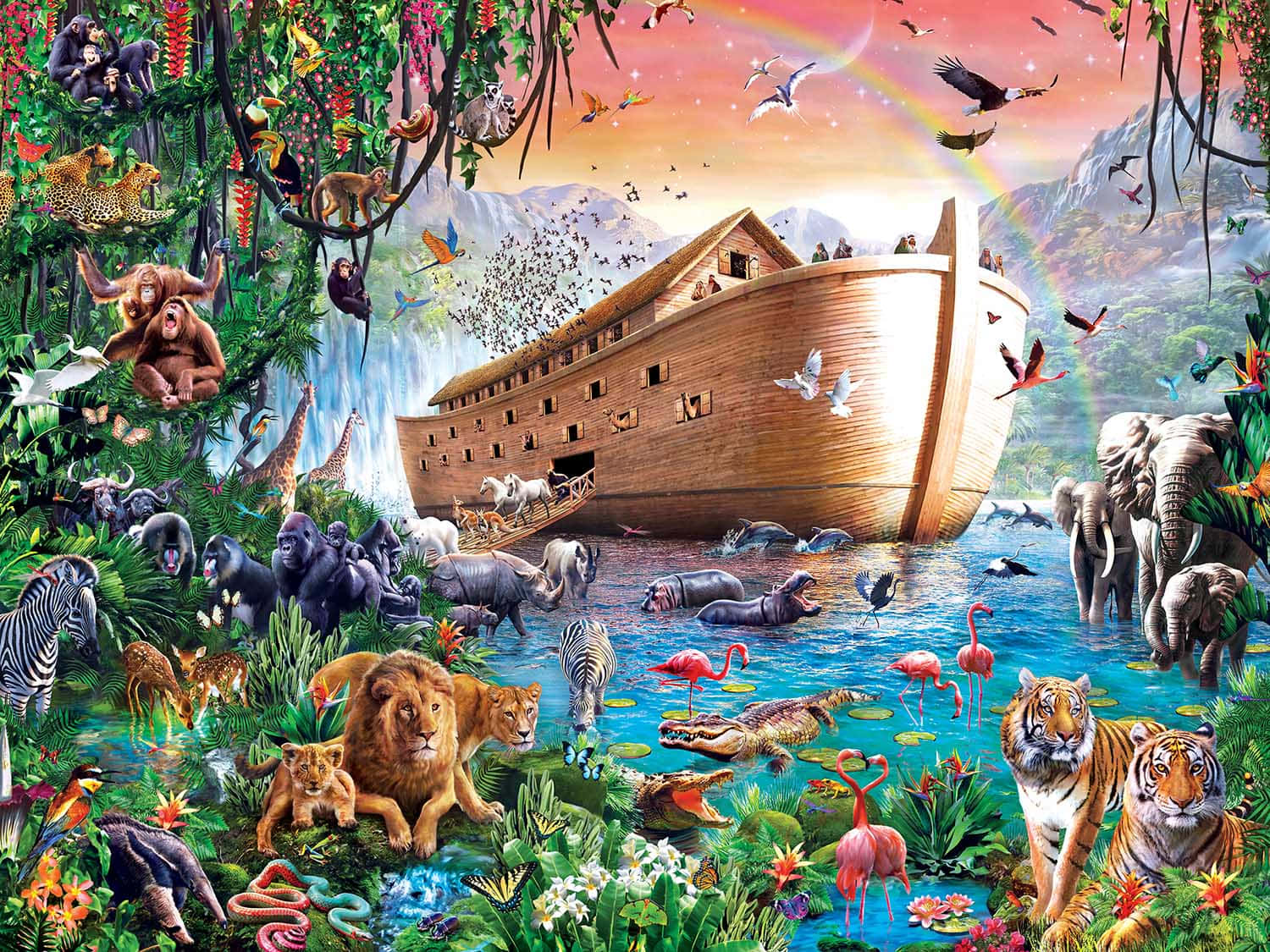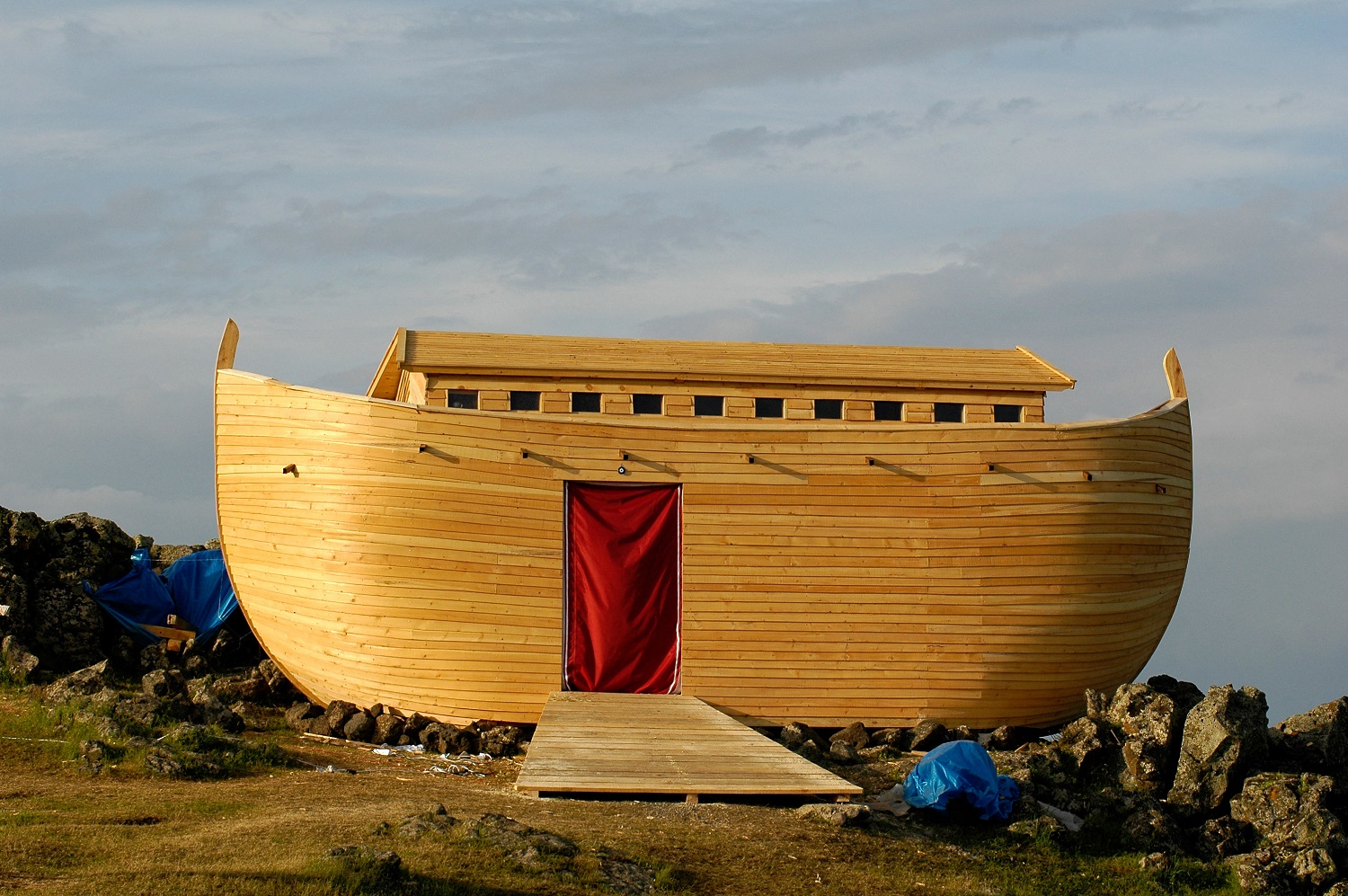There’s something magical about the story of Noah's Boat, isn’t there? It’s not just a tale from ancient texts; it’s a symbol of hope, survival, and resilience. Imagine this: a massive wooden vessel floating amidst chaos, carrying not just people but the entire animal kingdom. It’s an epic story that has fascinated cultures worldwide for millennia. Whether you’re into mythology, history, or even science, Noah's Boat holds a special place in our collective imagination.
When most people hear the phrase "Noah's Boat," they instantly think of the biblical narrative where God commands Noah to build an ark to save life on Earth from a catastrophic flood. But did you know that this story has variations across different cultures? From Mesopotamian myths to ancient Sumerian texts, the concept of a great flood and a hero who saves humanity is a universal theme.
What makes this topic so fascinating is how it connects us to our past. It’s not just about religion or history; it’s about understanding human nature and our desire to survive against all odds. So buckle up, because we’re about to dive deep into the world of Noah's Boat—from its origins in ancient texts to modern interpretations and everything in between.
Read also:Forrie J Smith A Rising Star In The World Of Entertainment And Business
The Origins of Noah's Boat: A Tale Across Cultures
Let’s rewind the clock a few thousand years. The story of Noah's Boat isn’t exclusive to the Bible. In fact, it’s one of the oldest stories ever recorded. Archaeologists and historians have discovered evidence of flood myths in civilizations as far back as ancient Mesopotamia. The Epic of Gilgamesh, for example, features a character named Utnapishtim who builds a boat to survive a great deluge. Sound familiar?
But why do so many cultures have similar stories? Some scholars believe it could be due to actual historical events. Large-scale floods were common in ancient times, especially around river valleys like the Tigris and Euphrates. These natural disasters likely inspired tales of survival and rebirth. Others argue that the story serves a deeper purpose—it teaches moral lessons about faith, obedience, and the consequences of human actions.
Key Elements of the Noah's Boat Story
Whether you’re reading the Bible, the Quran, or ancient Sumerian tablets, certain elements remain consistent:
- A Warning from the Divine: In every version, the protagonist receives a message from a higher power to prepare for disaster.
- The Construction of the Boat: Building the vessel is always a monumental task, symbolizing hard work and dedication.
- Survival and Renewal: After the flood subsides, life begins anew, emphasizing themes of renewal and redemption.
These commonalities suggest that the story of Noah's Boat taps into universal human experiences and emotions.
What Did Noah's Boat Really Look Like?
Now, here’s where things get interesting. Have you ever wondered what Noah's Boat actually looked like? Most people picture a massive wooden ship with two giraffes poking their heads out of a window. But the Bible doesn’t provide detailed descriptions. Genesis mentions dimensions—300 cubits long, 50 cubits wide, and 30 cubits high—but leaves much to the imagination.
Architects and historians have speculated for centuries about its design. Some propose a rectangular shape, similar to ancient Mesopotamian barges, while others envision a more traditional ship-like structure. One theory even suggests that the boat might have been round, based on a recently translated Babylonian tablet!
Read also:Richelle Ryan The Rising Star Redefining Entertainment
Modern Reconstructions of Noah's Boat
Fast forward to today, and you’ll find enthusiasts attempting to recreate Noah's Boat. One famous example is Johan Huibers, a Dutch creationist who built a full-scale replica of the ark in 2012. His version measures 450 feet long and includes exhibits showcasing animals and biblical scenes. While it’s more of a tourist attraction than a scientific endeavor, it highlights humanity’s enduring fascination with this ancient story.
The Science Behind Noah's Boat
So, could Noah's Boat really exist? Could a single vessel hold every species on Earth? Let’s break it down scientifically. First, the sheer number of animals would make it impossible. Modern estimates suggest there are millions of species on our planet, far too many to fit on one boat. Plus, maintaining ecosystems for such diverse creatures would be incredibly challenging.
However, some researchers propose alternative theories. For instance, Noah might have only taken pairs of local animals or focused on preserving seeds and plants instead of entire ecosystems. These ideas align with the story’s symbolic nature rather than its literal interpretation.
Climate Change and the Great Flood
Interestingly, the concept of a great flood resonates with modern concerns about climate change. Rising sea levels, extreme weather patterns, and environmental degradation are all issues we face today. Perhaps the story of Noah's Boat serves as a warning—a reminder of the importance of protecting our planet.
Noah's Boat in Popular Culture
From movies to music, Noah's Boat has left an indelible mark on popular culture. Hollywood has produced several films inspired by the story, including Darren Aronofsky’s critically acclaimed "Noah" (2014). The movie explores themes of morality, environmentalism, and the human condition, offering a fresh take on the classic tale.
Music artists have also drawn inspiration from Noah's Boat. Songs like "The Animals Went in Two by Two" and "Noah’s Ark" bring the story to life through catchy melodies and playful lyrics. Even video games have incorporated elements of the myth, creating immersive worlds where players can experience the journey themselves.
Famous Artworks Depicting Noah's Boat
Throughout history, artists have captured the essence of Noah's Boat in stunning visuals. Paintings by masters like Michelangelo and Rembrandt depict the drama and emotion of the story. These works not only showcase artistic talent but also reflect cultural attitudes toward religion and nature.
Lessons We Can Learn from Noah's Boat
At its core, the story of Noah's Boat is about resilience and faith. It teaches us to trust in ourselves and our abilities, even when faced with overwhelming challenges. Whether you view it as a religious parable or a historical allegory, the lessons remain relevant today.
Here are a few key takeaways:
- Preparation is key: Always be ready for the unexpected.
- Work together: Collaboration and unity can overcome any obstacle.
- Protect what matters: Cherish and preserve the world around you.
Applying These Lessons in Modern Life
In a world filled with uncertainty, the principles of Noah's Boat offer practical guidance. For example, preparing for emergencies—whether natural disasters or personal crises—can save lives. Similarly, fostering cooperation within communities strengthens social bonds and promotes collective well-being.
Modern Interpretations of Noah's Boat
Today, the story of Noah's Boat continues to inspire new generations. Environmentalists see it as a call to action, urging us to protect endangered species and combat climate change. Educators use it as a teaching tool to introduce children to concepts of biodiversity and conservation. Even technology companies draw parallels between Noah's Boat and digital archiving, emphasizing the importance of preserving knowledge for future generations.
The Ark of Data
One fascinating modern interpretation is the concept of the "Digital Ark." Imagine a virtual repository storing information about every species on Earth—genetic codes, behavioral patterns, and ecological data. Projects like the Frozen Ark and the Svalbard Global Seed Vault aim to create real-life versions of Noah's Boat, ensuring the survival of Earth’s biological diversity.
Controversies Surrounding Noah's Boat
Of course, no ancient story is without controversy. Critics argue that the tale of Noah's Boat promotes fear-based religion and outdated views of science. Others question the morality of wiping out entire civilizations to punish humanity’s sins. These debates highlight the complexity of interpreting ancient texts in a modern context.
Addressing Skepticism
For skeptics, the story of Noah's Boat can be seen as a metaphor rather than a literal event. It represents humanity’s struggle to find meaning in chaos and our desire to leave a legacy for future generations. By viewing it through this lens, we can appreciate its cultural significance without dismissing scientific evidence.
Conclusion: Why Noah's Boat Matters Today
In conclusion, the story of Noah's Boat is more than just a myth—it’s a reflection of humanity’s hopes, fears, and aspirations. From its origins in ancient texts to its modern interpretations, it continues to captivate audiences worldwide. Whether you’re inspired by its spiritual teachings or its environmental message, there’s something universal about this timeless tale.
So, what do you think? Is Noah's Boat a symbol of faith, a warning about climate change, or simply a great story? Share your thoughts in the comments below and don’t forget to explore other articles on our site. Who knows? You might discover another fascinating piece of history waiting to be uncovered.
Table of Contents
- The Origins of Noah's Boat: A Tale Across Cultures
- What Did Noah's Boat Really Look Like?
- The Science Behind Noah's Boat
- Noah's Boat in Popular Culture
- Lessons We Can Learn from Noah's Boat
- Modern Interpretations of Noah's Boat
- Controversies Surrounding Noah's Boat
- Conclusion: Why Noah's Boat Matters Today


